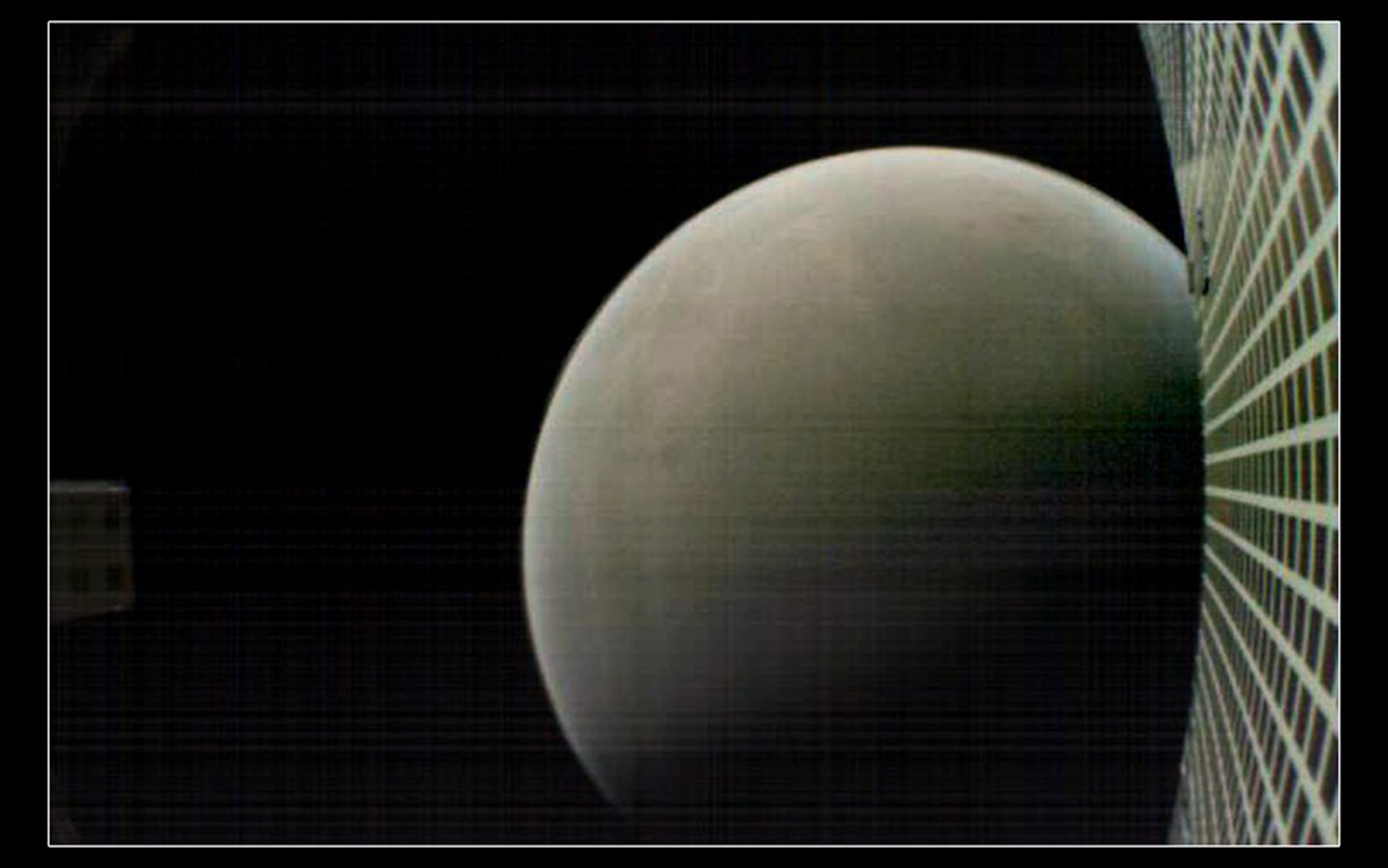This Farewell Photo of Mars by an Interplanetary Cubesat Is Absolutely Amazing

NASA's pair of Mars Cube One satellites have broken every record in their path. The two tiny hitchhikers to Mars were the first small satellites to leave Earth's immediate orbit, to provide near-real-time updates about a mission's success — and now, the first to capture a stunning farewell portrait of another planet.
The satellites, nicknamed MarCO, were launched along with NASA's InSight Mars lander in May of 2018 and trailed the larger spacecraft on its journey to the Red Planet. During that spacecraft's perilous landing process today (Nov. 26), they gathered InSight's beeps and transmitted them back to Earth, to the delight of a roomful of anxious NASA personnel, providing confirmation within minutes that the nail-biting procedure had gone according to plan. You can see more amazing InSight Mars landing day photos here.
"This has been a fantastic day for spacecraft great and small, and our spacecraft are very small, only the size of a briefcase," Andrew Klesh, chief engineer for MarCO, said during a NASA news conference held today. "MarCO was there to relay information back from InSight in real time, and we did that, extraordinarily well." [NASA's InSight Mars Lander: Full Coverage]
But they weren't done yet. "We have one more gift that we can give the InSight community," Klesh said, unveiling a new photograph. Before the MarCO project sailed into the proverbial sunset, it accomplished one more feat, when MarCO-B looked back to Mars and sent another image home.
Each MarCO satellite was equipped with a camera, and the project's photographs during the Mars approach showed a captivating — but tiny — planetary dot, even in an image captured on Nov. 24, just two days before the flyby.
The image captured on Nov. 26 shows Mars looming beside the flat, grid-patterned antenna that each MarCO satellite uses to communicate with Earth. When MarCO-B snapped the image, 10 or 15 minutes after InSight's touchdown, the satellite was about 4,700 miles (7,500 kilometers) away from the Red Planet, Klesh said.
That task accomplished, the MarCO duo soared past Mars and continued out into a stable orbit around the sun. The twin spacecraft will gradually drift away from Earth, but the MarCO team is hoping to learn more about the lifespan of such small planets in outer space — and if they can swing by an asteroid or two, they will.
Get the Space.com Newsletter
Breaking space news, the latest updates on rocket launches, skywatching events and more!
But for Klesh, MarCO-B's parting shot of Mars is a poignant moment, for his team and InSight's alike. "This image is really our farewell to InSight, our wish for good luck, and our farewell to Mars itself as we continue on to complete our primary mission."
Email Meghan Bartels at mbartels@space.com or follow her @meghanbartels. Follow us @Spacedotcom and Facebook. Original article on Space.com.
Join our Space Forums to keep talking space on the latest missions, night sky and more! And if you have a news tip, correction or comment, let us know at: community@space.com.

Meghan is a senior writer at Space.com and has more than five years' experience as a science journalist based in New York City. She joined Space.com in July 2018, with previous writing published in outlets including Newsweek and Audubon. Meghan earned an MA in science journalism from New York University and a BA in classics from Georgetown University, and in her free time she enjoys reading and visiting museums. Follow her on Twitter at @meghanbartels.









